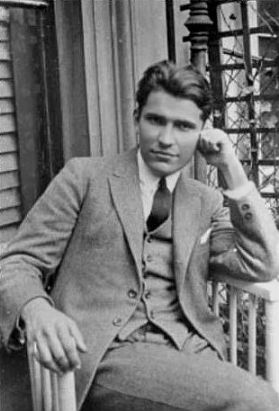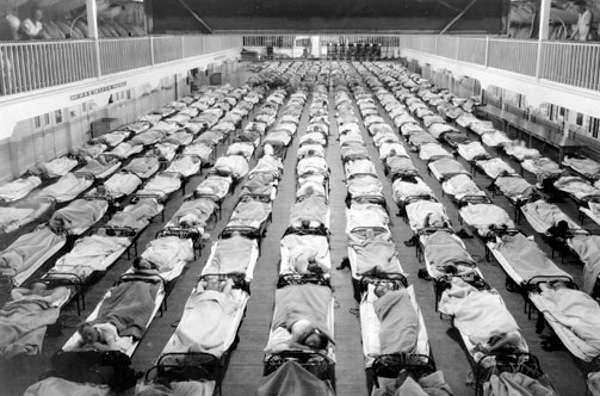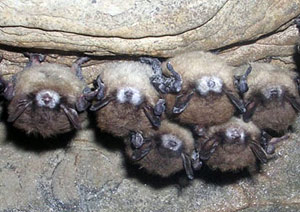|
|

Erwin Chargaff (Columbia University) originally discovered that %A = %T and %G = %C, a relationship now known as Chargaff’s rules.

Source |
|
|
The infamous influenza epidemic of 1918 infected about one-third of the world’s population and killed 50 million (0.05 billion or 5.0 x 107) people. The flu outbreak over the past winter was the worst in Oklahoma in more than a decade despite the fact that a record number of vaccinations were given in 2017. No influenza vaccines were available prior to the epidemic of 1918. Many students and faculty at OSU this past winter contracted influenza in spite of receiving a flu vaccine. Some population biologists recently predicted that global population may reach 9 billion by the year 2040.

Source
|
|
|
The H gene normally codes for the Factor VIII (blood-clotting) protein normally secreted by human liver cells.
The allele responsible for hemophilia (a blood-clotting disorder) is a mutation of the H gene and is located on the X-chromosome and is designated by genotype Xh. The allele for normal blood-clotting is genotype XH.
Numerous mutations may be responsible for formation of an h allele from the normal H allele.

Source |
|
|
On January 1st, 2018, the city of Stillwater, which has an estimated carrying capacity for 200 raccoons, was home to a population of 100 raccoons (Procyon lotor). It is most frequently transferred to humans via contact with raccoon urine or excrement.
Below is a graph estimating Stillwater’s raccoon population over 200 generations.

Using the population on January 1st, 2018, a student estimates the raccoon population size knowing that the intrinsic rate of growth is 0.05 and the carrying capacity is 200.
As part of the research, the student leaves out bread for raccoons throughout Stillwater.

Source
As the result of the experiment of leaving bread out, the student discovers that the raccoon population grew more than was predicted using the carrying capacity of 200.
Some raccoons in this population are infected with bacteria from the genus Leptospira, which causes the disease leptospirosis. Symptoms of leptospirosis in humans include headaches, muscle pain, fever, meningitis, and kidney failure. The student contracts a case of leptospirosis (shows symptoms).

Source
|
|
|
Blood type O individuals cannot successfully receive blood types A, B or AB donations. The frequency of blood type B among Oklahomans is greater than the national average due to considerable Native American ancestry within our population.
A couple in Norman have had four biological children they claim have blood types O, A, B and AB respectively.

|
|
|
The antibodies contained in Coralmyn® coral snake antivenom are effective in neutralizing the neurotoxic effects of the venom of the Eastern coral snake, Micrurus fulvius. This antivenom is ineffective against the venom of the Texas coral snake Micrurus tener.
 
Source
Source
|
|
|
The white-nosed bat syndrome, which infects skin of cave hibernating bats, is caused by the fungus Geomyces destructans. This disease is native to Europe, where it has existed for many generations and does not increase mortality rates in the populations. The infection was identified in America in 2006, where it is now fatal and has devastated bat populations in parts of the United States and Canada.
Bat population declines are expected to have important impacts on agriculture in America as many bat species eat insects that damage crops and spread disease. Some species of bats hibernate when environmental temperatures are lower than 2°C.

Source
|
|
|
Three verified single-gene, autosomal-dominant traits in humans are the ability to taste phenylthiocarbamide (PTC), which tastes bitter to about 75% of humans, dimples, although their appearance is influenced by other genes, and freckles.

Source
|
|
A man who could not taste PTC (taste-blind) and a woman who could (taster) have a taste-blind child. That taste-blind child has a child with another taste-blind person.
One mechanism controlling the appearance of freckles is the melanocortin 1 receptor. The MC1R gene codes for the melanocortin 1 receptor, which is found on the cells that produce melanin, the pigment that gives skin its color. When the receptor is triggered, the cells produce eumelanin, a dark form of melanin that protects skin from UV radiation. Otherwise the cells produce pheomelanin which results in light-colored skin and freckles. In either case, the pigment is contained within the skin cells. Eumelanin production is triggered by exposure to the UV radiation in sunlight, which also heats the body ATP powers the production of eumelanin.
.
The MC1R gene is located from base pairs 89,917,879 to 89,920,977 on chromosome 16. Among the common mutations (variants) that stop eumelanin production are D294H, in which the 294th amino acid, aspartate, is replaced by histidine, and V92M, in which the 92nd amino acid, valine is replaced by methionine. The DNA comprising the MC1R allele (that triggers pheomelanin production) is composed of 18% adenine.
Mara and Zach are adopted siblings searching for their birth-mother. Mara has red hair, freckles, and dimples and the ability to taste PTC, but not see color. Zach lacks freckles or dimples, and can’t taste PTC or see color. Although he passed away when she was very young, Mara remembers her father looking like her brother. Mara thinks her father was colorblind. She charts her family’s phenotypes.

|
|













